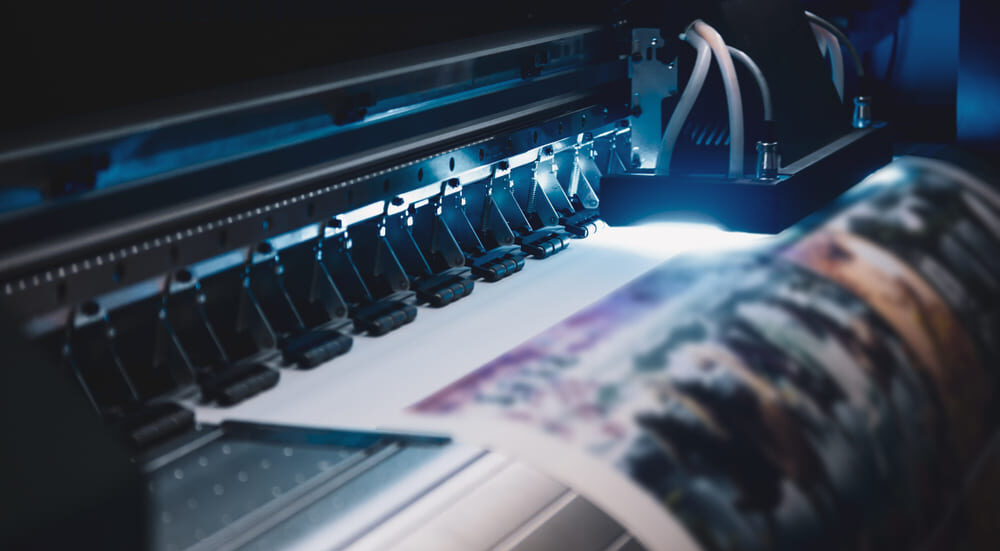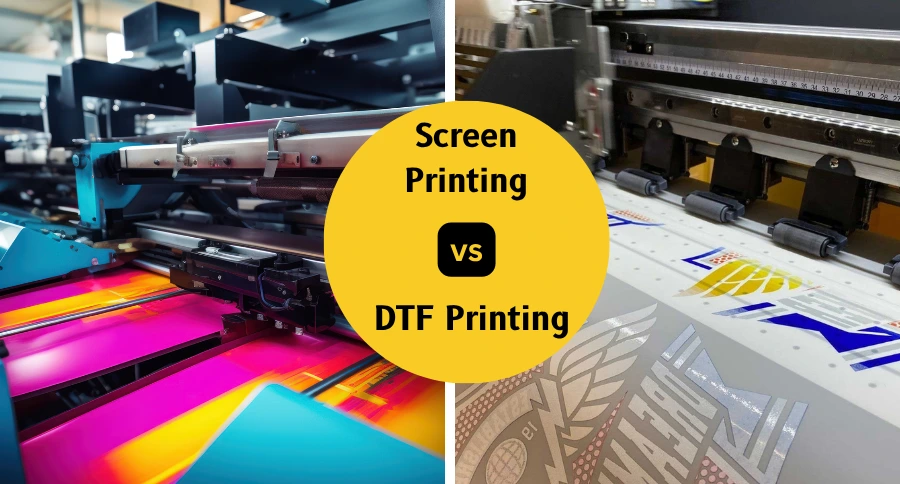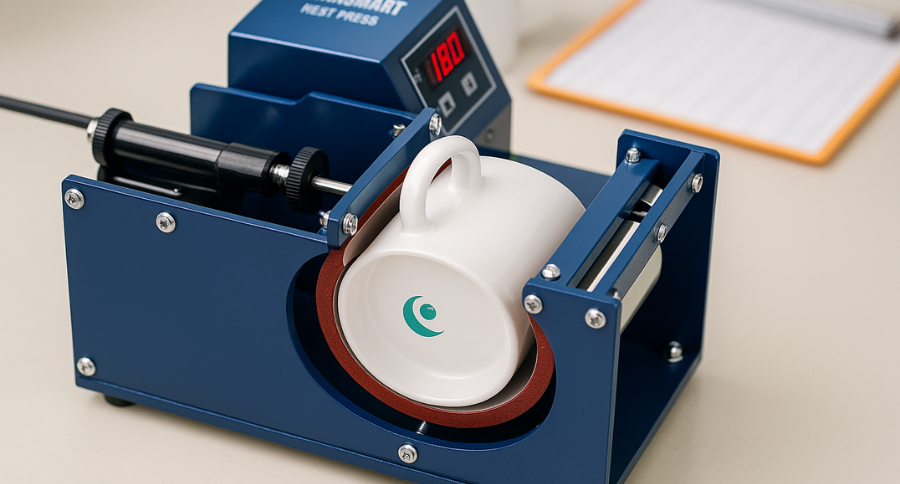Introduction:
Printing has come a long way from basic logos on cotton tees. In 2025, it’s about creativity, speed, and sustainability. Whether it’s a brand looking to elevate its merchandise, a startup launching apparel lines, or a café creating custom mugs, innovation is reshaping every corner of the printing industry.
At TeePrints.in, we see firsthand how Screen Printing, DTF Printing, Mug Printing, Sublimation Printing, and Embroidery Printing are evolving. This guide explores the top 10 trends that will define how businesses and creators approach printing this year — and how you can make the most of them.
1. DTF Printing Becomes the Go-To for Versatile Customization
Direct-to-Film (DTF) printing has taken the industry by storm. Its ability to print vibrant designs on almost any fabric — cotton, polyester, or blends — makes it a favorite among small businesses and designers.
Why it’s trending:
- No color limitations — prints pop on dark or light garments.
- Cost-effective for both bulk and small orders.
- Great durability after multiple washes.
Use it for: T-shirts, hoodies, tote bags, or team uniforms.
DTF Printing is proving to be the most flexible option for brands that value quality and quick turnaround.
2. 3D Embroidery Adds a Premium Touch
Flat embroidery has always looked elegant, but 3D puff embroidery adds depth and style. Brands love this raised texture for caps, uniforms, and high-end merchandise.
Where it works best:
Corporate uniforms, sportswear, chef coats, and premium merchandise.
This tactile design trend doesn’t just make logos pop — it creates a feeling of craftsmanship and exclusivity that screen or digital prints can’t replicate.
3. Sustainable Printing Materials Lead the Change
Consumers are more eco-conscious than ever. Brands that print on sustainable fabrics and use water-based or soy-based inks are winning loyalty and trust.
In 2025, sustainability means:
- Using recycled polyester or organic cotton.
- Switching to low-VOC inks.
- Reducing waste through digital proofing instead of test prints.
Sustainability isn’t just good for the planet — it’s good for business. Companies that take eco-friendly steps are seeing stronger customer connections.
4. Sublimation Printing Expands Beyond Apparel
Sublimation Printing has evolved far beyond T-shirts. Today, it’s used on mugs, keychains, coasters, and even décor.
Why it’s trending:
The process offers unmatched color vibrancy and edge-to-edge designs. For Mug Printing, it delivers stunning, full-wrap artwork that lasts.
Pro tip: Pair sublimation with limited-edition product drops for instant appeal.
5. Hybrid Printing Techniques for Custom Effects
Mixing techniques like Screen Printing + Embroidery or DTF + Foil allows designers to push creative limits. The result? Unique textures and high-end looks that stand out.
This hybrid trend is about personal expression and innovation — giving brands the flexibility to blend technology and craftsmanship seamlessly.
6. On-Demand Printing and Micro-Production
Speed is everything in 2025. Businesses don’t want to hold inventory — they want to print what sells. On-demand DTF or sublimation allows small-batch production in hours.
Benefits:
- Zero inventory waste.
- Instant design updates.
- Perfect for dropshipping or small e-commerce brands.
Platforms that integrate with online stores (like Shopify) now make on-demand printing easier than ever — letting creators monetize ideas fast.
7. Custom Corporate Uniforms Are Back in Style
Post-pandemic, companies are rediscovering the value of branded uniforms. A coordinated team appearance promotes professionalism, unity, and brand recall.
Trends we’re seeing:
- Minimalist embroidered logos.
- Breathable fabrics for comfort.
- Coordinated color palettes that reflect brand identity.
At TeePrints.in, we’ve noticed growing demand for embroidered and printed uniforms.
8. Personalization Drives Customer Loyalty
People want to wear their identity — literally. Personalized apparel and accessories (like name-embroidered polos or mugs with personal quotes) are growing fast.
Why it matters:
Customers value emotional connection over generic designs. Personalization isn’t just a trend; it’s the new standard of engagement.
9. AI and Automation Streamline Production
AI tools now optimize design placement, color calibration, and print runs. Automation in embroidery machines and DTF workflows saves hours while reducing human error.
This means faster delivery, better color accuracy, and more affordable prices — giving both small businesses and large brands a competitive edge.
Conclusion:
The printing world in 2025 is defined by innovation, speed, and personalization. From 3D embroidery and on-demand DTF to eco-conscious materials and hybrid creativity, every trend is shaping a smarter, more expressive industry. If you’re a business, creator, or designer, now’s the time to experiment, personalize, and go local.






